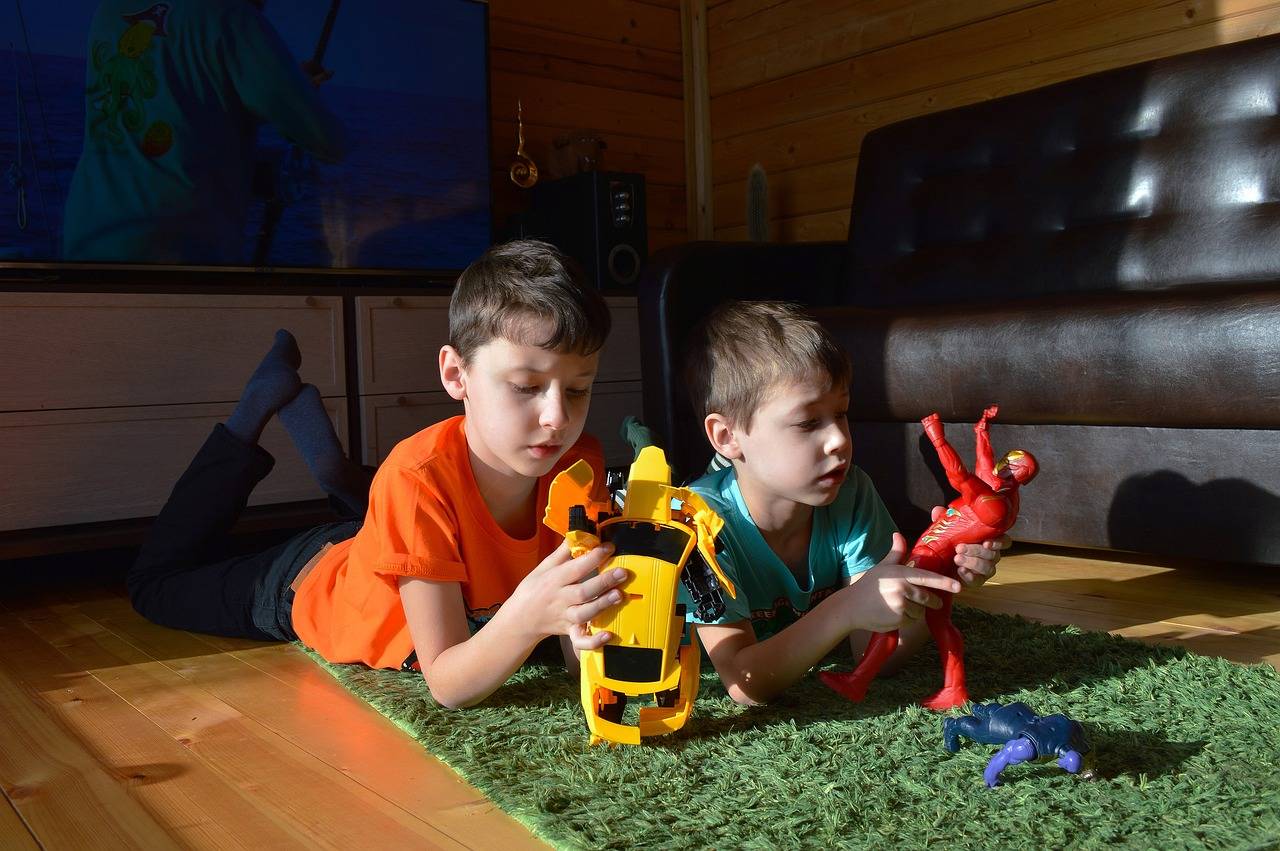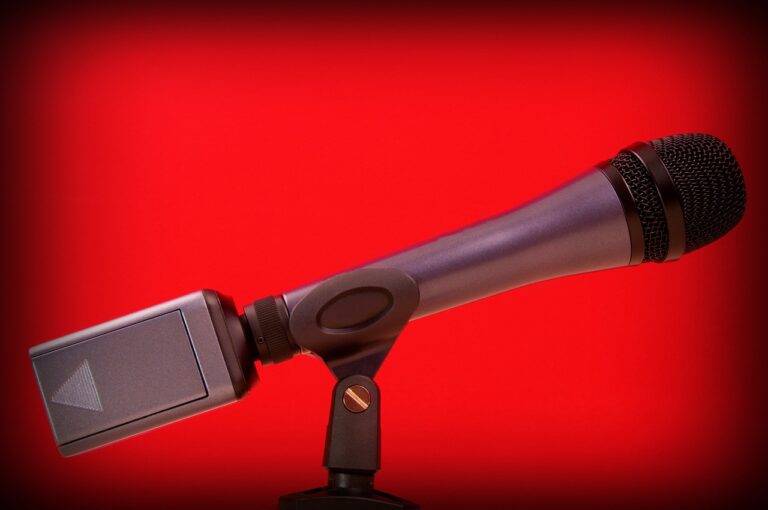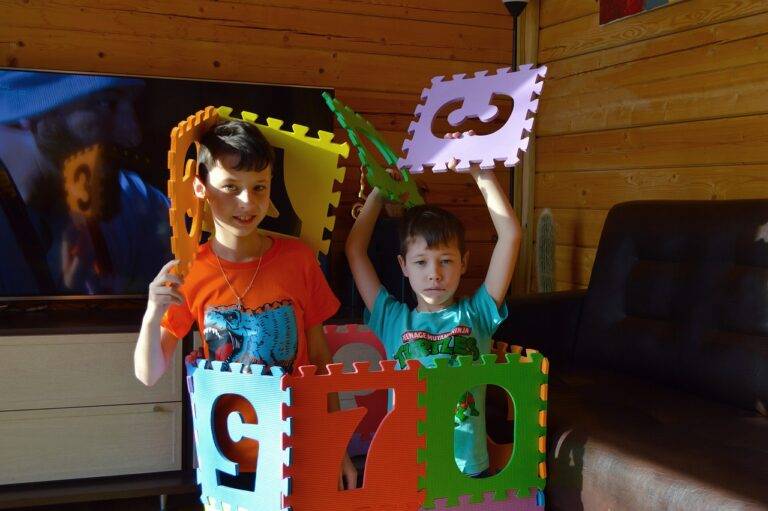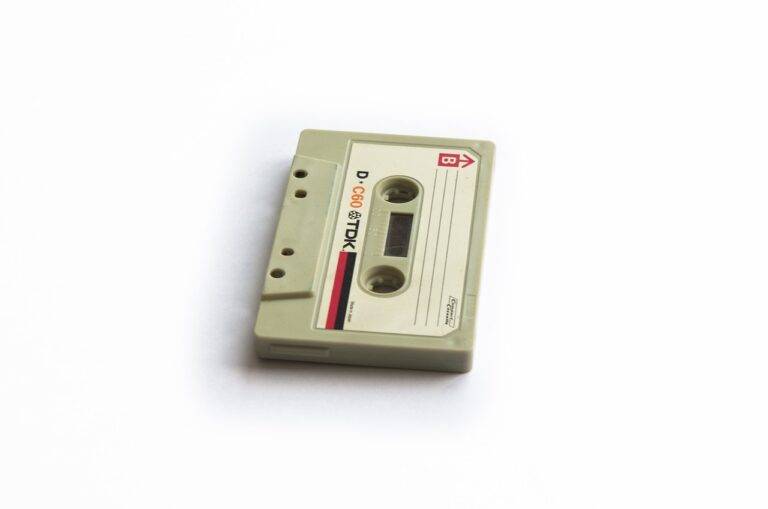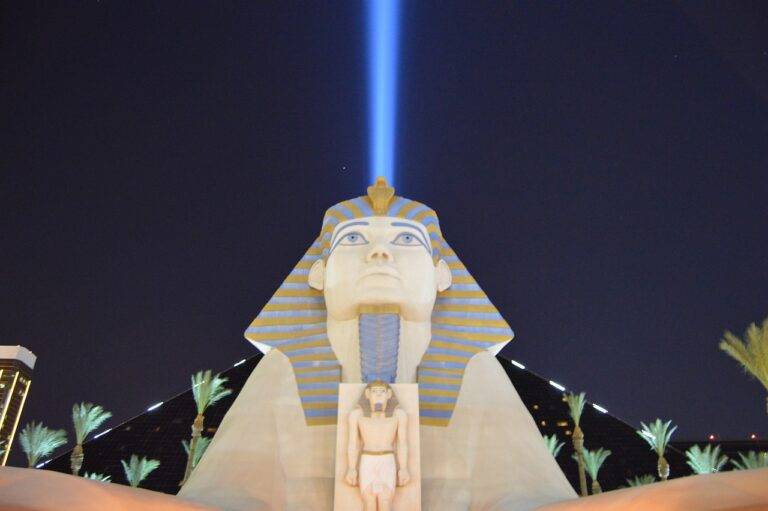Exploring the World of Motion Capture Technology in Animation
Motion capture technology, often referred to as mocap, is a technique used to digitally record the movements of objects or living beings. By tracking the motions and gestures of the subject, this technology converts them into a digital format that can be utilized for various purposes such as animation, virtual reality, and video game development. In the entertainment industry, motion capture has revolutionized the way animated characters are brought to life on screen, providing a level of realism and authenticity that was previously unattainable through traditional animation methods.
This technology works by placing sensors or markers on the subject’s body or face, which are then tracked by specialized cameras to capture the movement data. Through this process, intricate details of an actor’s performance or an object’s motion can be recorded with precision, allowing animators to recreate these movements in a digital environment. The result is a seamless integration of real-life actions into virtual worlds, enhancing the visual quality and immersive experience for audiences across various media platforms.
History of Motion Capture in Animation
Motion capture technology has revolutionized the world of animation by bringing a new level of realism and fluidity to character movements. The roots of motion capture can be traced back to the 1970s when it was initially used for medical and military simulations, gradually evolving into a tool for animators to capture human movements more accurately.
The breakthrough moment for motion capture in animation came in the late 1980s and early 1990s when filmmakers started using the technology to enhance the realism of their characters. Notably, in the early 2000s, the iconic film “The Lord of the Rings” trilogy showcased the full potential of motion capture in creating lifelike creatures and characters within the fantasy realm.
What is Motion Capture Technology?
Motion Capture Technology is a technique used in animation and filmmaking to digitally capture the movements of actors or objects. This data can then be used to animate characters or objects in a more realistic manner.
When was Motion Capture Technology first introduced in animation?
Motion Capture Technology was first introduced in animation in the early 1970s, but it wasn’t until the 1990s that it became more widely used in the industry.
How does Motion Capture Technology work?
Motion Capture Technology works by placing markers on a person or object and then using cameras to track the movement of these markers. The data collected is then used to create a digital representation of the movement.
What are the benefits of using Motion Capture Technology in animation?
Some benefits of using Motion Capture Technology in animation include more realistic and natural movements, faster production times, and the ability to capture complex movements that may be difficult to animate manually.
Can Motion Capture Technology be used in video games?
Yes, Motion Capture Technology is commonly used in video games to create more realistic character movements and improve overall gameplay experience.

